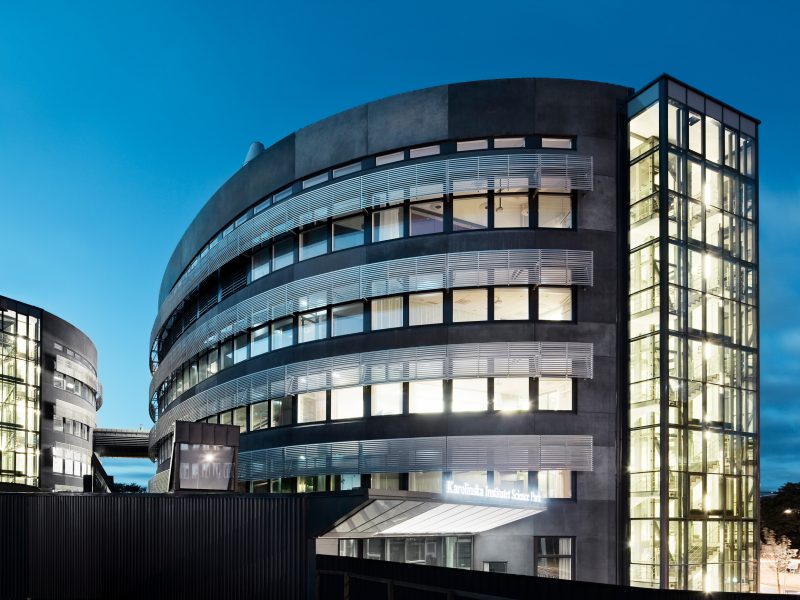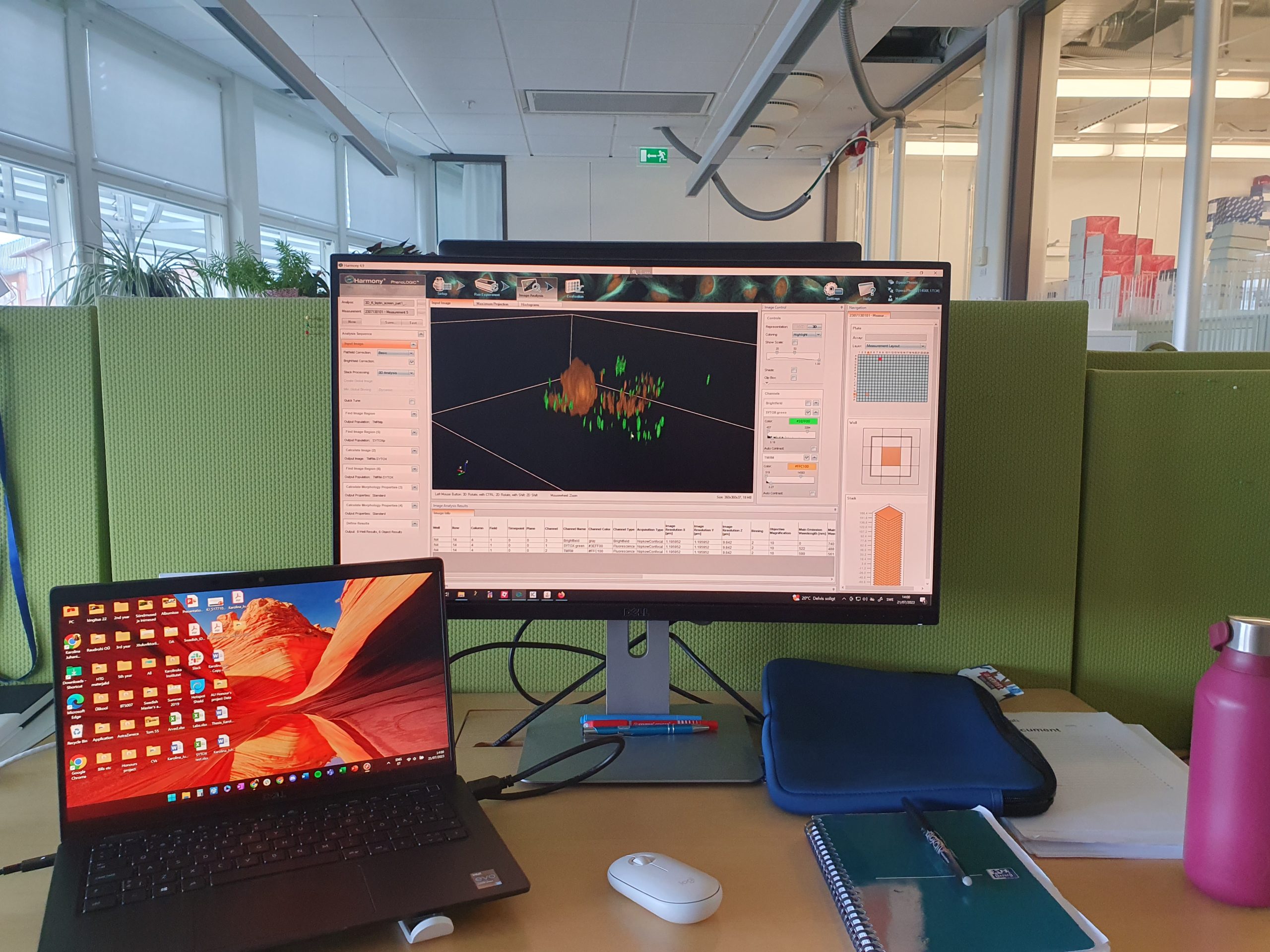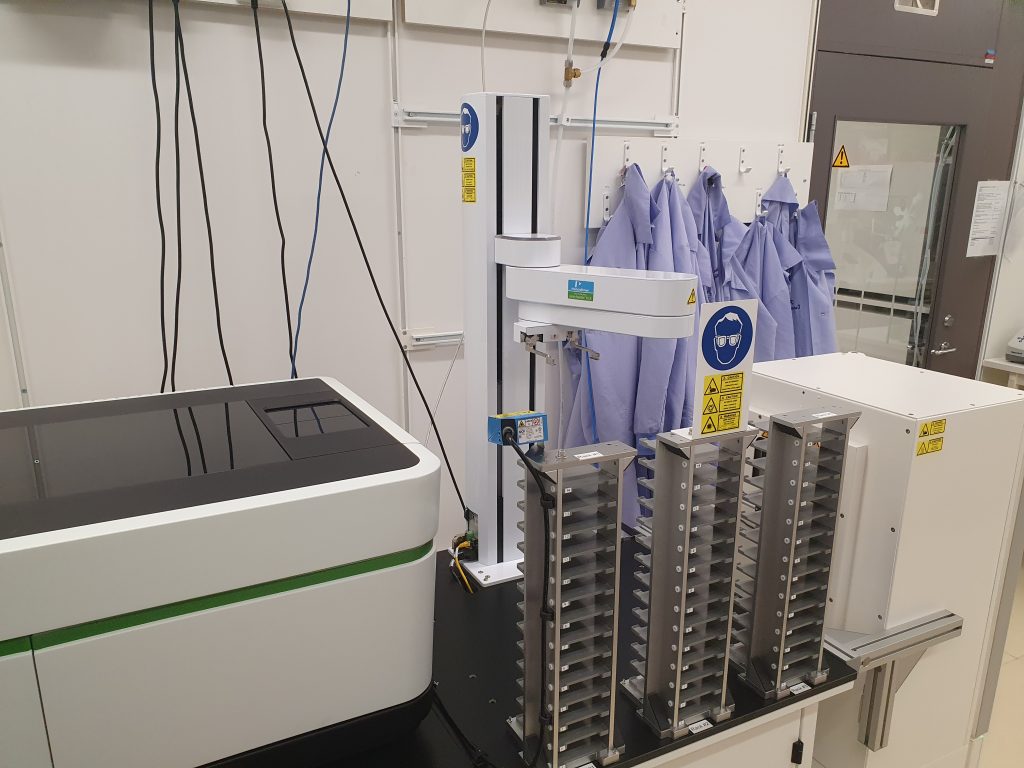
What it was like to do a summer internship at SciLifeLab
As most KI international master’s programmes are two year programmes, it’s very likely that you’re interested in doing a summer internship in-between these two years. So was I! But maybe you have some questions around when to apply and what to expect, so here’s a little look at what that experience was like for me!
When did I start contacting people?
There is no right answer for this question as usually these positions are not advertised, rather they are created based on the ongoing projects and the student’s interest and previous experience. I started thinking about where I’d like to do a project already in February. But I thought that it might be slightly too early to start emailing supervisors just then as projects evolve and things can sometimes change quite quickly, so I decided to contact the first lab at the end of March. And to my own surprise, I got a positive response within minutes! This is by no means a “normal” experience, as in previous years I’ve had to wait around a week and then maybe even send a follow-up email to finally get any kind of response. I was so prepared to do the same thing again, but luckily, there was no need this time around.
The next step was then to set up a meeting where we could discuss more of the details and expectations both from my side as well as from the supervisor’s. We decided that it would be good to start with some shadowing to see if it would be a good fit and if it was what I was expecting. So for the first week I just followed around a postdoctoral researcher and asked her all sorts of questions about her project, but also about how things were done in this lab and how she found working there. Essentially, it gave me the option to back out after a week if I didn’t enjoy the environment or the work. But I found it fascinating and exciting, so I ended up working there most of my summer!
What was the day-to-day like?
I’ll try to give you a little glimpse into what the everyday life was like. My schedule was quite flexible, which meant that some days I had to be in the lab fairly early to start an experiment, and then there were other days when I could work from home and do more of the data analysis side completely on my own time. So my average hours ranged between 8 to 17 with usually 1 h for lunch, which my lab normally had together with everyone who was at work that day, which was a great opportunity to get to know everyone a bit more.
As my internship was mainly “wet” lab, it involved working with cell culture and optimising and running a 10 day imaging assay in cancer cell lines. This meant that I got to work with a really cool microscope and we could also utilise the automation system that the lab had to make our own work a lot easier and create lots and lots of data. So most mornings (sometimes also afternoons) I was busy in the lab, and then in the afternoon I either planned and prepared for the next day or worked on analysing the data we had already produced.


How long was the internship?
On average the summer internships can last from 1-3 months, depending on the project and the amount of time you are looking to commit to it. As most Swedes take their holiday either in July or August, it’s highly likely that your potential supervisor might be away for around 3-4 weeks at some point. In total, my internship lasted 2.5 months, after which I’ll spend some time at home before my classes start back up in the last week of August.
To be paid or not to be paid?
That is the question! Payment can be quite a tricky subject when approaching researchers for a position. And to be honest, in the cases I know of, there is a 50/50 split between projects where the student received payment during a summer internship. In my opinion, there are also other forms of “payment” such as helping to prepare a manuscript and being credited as an author on the project work. But it is definitely something that you should decide for yourself and discuss at the beginning of the process.
Why I’d recommend doing one?
There are so many great reasons to do a summer internship, but my main motivators were:
- To learn new skills and broaden my horizon
- Make connections for project work and potential thesis labs
- Learn from top researcher in the field
- Find out if I enjoy working in the environment, whether it is academia or industry
As always, every experience will be different, but I hope my story encourages you to think about doing a summer internship and what you should consider when applying for one. If you are interested to learn more about different summer internship experiences, then check out Naw’s post around internships that HEPM Class of 2021-2023 did or Francisca’s blog post on her own experience at SciLifeLab as a Molecular Techniques and Life Sciences student.

Karolina - Translational Physiology and Pharmacology
I am Karolina and I am a digital ambassador and a blogger for the Master’s Programme in Translational Physiology and Pharmacology here at KI. I was born and raised in Estonia, but for the past five years I have lived in the UK where I studied biomedical sciences with a focus on pharmacology. Outside of school I like baking with friends as well as doing water sports. When the weather starts to get warmer, I look forward to kayaking through Stockholm's world-famous archipelago.

3 comments